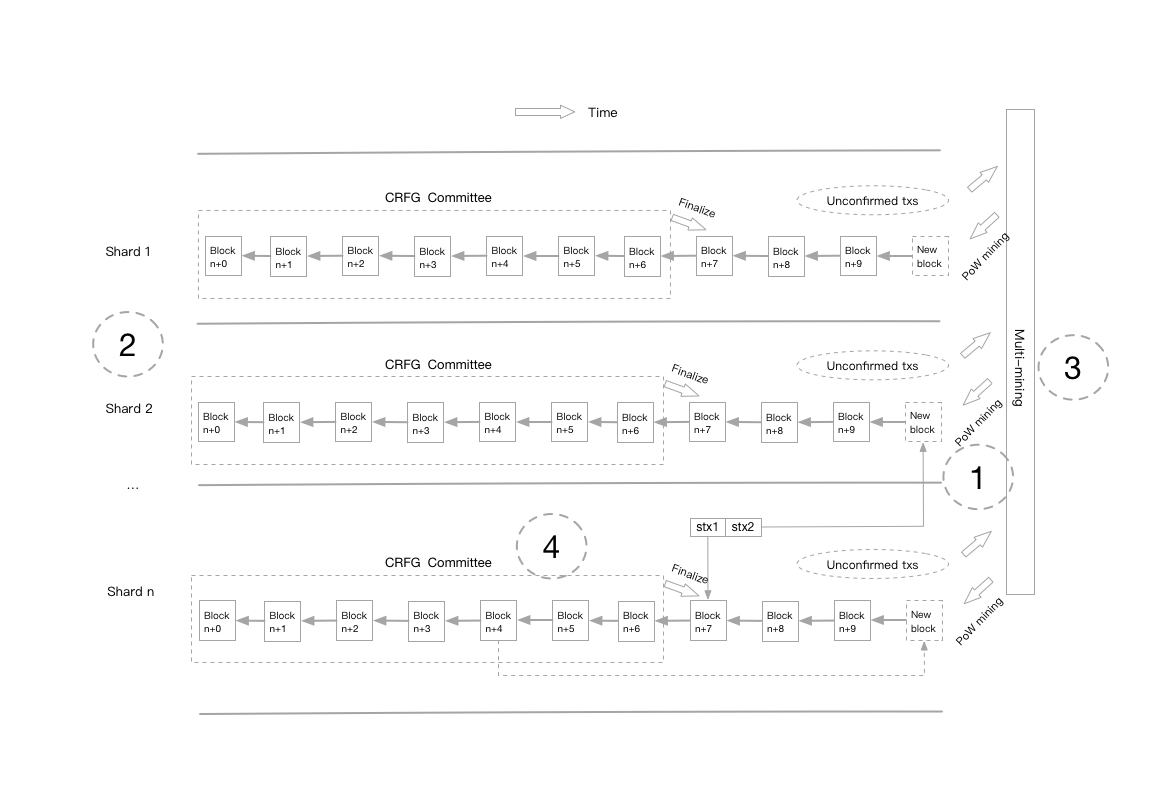git-chain
Tool for rebasing a chain of local git branches.
Motivation
Suppose you have branches, each depending on a parent branch (usually called "stacked branches"):
I---J---K feature-2
/
E---F---G feature-1
/
A---B---C---D master
Pulling in new changes on the master branch, and then rebasing feature-1 and feature-2 on top of master can be tedious to do.
With git-chain, you can automate the rebasing steps by setting up the chain feature-1 and feature-2 with master as the root branch:
git chain setup big-feature master feature-1 feature-2git checkout feature-2(switch into any branch of thebig-featurechain)git chain rebase
git-chain can also rebase all the branches of the chain if you add commits in any branch in the chain:
J---K---L feature-2
/
E---F---G---H---I feature-1
/
A---B---C---D master
This tool was built to solve the following Stack Overflow question: https://stackoverflow.com/q/20834648/412627
Concepts
A chain (or a "git chain") consists of the root branch, and branches that branch off of other branches containing incremental changes of a large feature.
The root branch is the branch of which the chain of branches will merge into. Typically the root branch is master or main.
The "chain" as defined can also be called "stacked branches" in other tools. See below.
Note:
- A branch can be part of at most one chain.
- The root branch is not part of the chain.
Rebase strategy
git chain will rebase branches of the chain in the order that they are defined. For each branch, a fork-point is generated with git merge-base --fork-point between the branch and the branch's parent (its dependency). The parent of the first branch of the chain is the root branch.
The rebase is applied in the following way for each branch:
fork_point=$(git merge-base --fork-point $parent_branch $branch)
git rebase --onto $parent_branch $fork_point $branch
The fork-points are generated for each branch before rebasing.
To read more about fork-point, see: https://git-scm.com/docs/git-merge-base#_discussion_on_fork_point_mode
⚠️
⚠️
⚠️
What this tool does not do
-
This tool will not create, nor destroy branches for you. You should use
git branch(or other commands) for that. -
This tool doesn't attempt to be smart, or make assumptions of what your branching intent looks like. It only understands the chain that you have set up.
Installation
- Install
cargoandrust: https://rustup.rs - Checkout this repository and run
cargo build --release - Copy
target/release/git-chainto your path. (e.g.cp target/release/git-chain /usr/local/bin/)
Usage
# Set up a new chain.
git chain setup <chain_name> <root_branch> <branch_1> <branch_2> ... <branch_N>
# Add current branch to a chain into the last position.
git chain init <chain_name> <root_branch>
# Example:
git chain init super_big_feature master
git chain init <chain_name> <root_branch> --before=<other_branch>
git chain init <chain_name> <root_branch> --after=<other_branch>
git chain init <chain_name> <root_branch> --first
# Display current chain.
git chain
# List all chains.
git chain list
# Back up all branches of the current chain.
# For each branch in the current chain, create new branch with the name: backup-<chain_name>/<branch>
# If the backup branch already exists, then it is replaced.
git chain backup
# Rebase all branches on the chain.
git chain rebase
# Run at most one rebase that will perform a history rewrite.
git chain rebase --step
# Push all branches on the current chain to their upstreams.
# Note: this is not a force push!
git chain push
# Push branches with --force-with-lease
git chain push --force
# Prune any branches of the current chain that are ancestors of the root branch.
git chain prune
# Remove current branch from any chain.
git chain remove
# Remove current branch and the chain it is a part of.
git chain remove --chain
# Remove chain by name.
git chain remove --chain=<chain_name>
# Move the current branch.
git chain move --before=<other_branch>
git chain move --after=<other_branch>
git chain move --chain=<chain_name>
git chain move --chain=<chain_name> --before=<other_branch>
git chain move --chain=<chain_name> --after=<other_branch>
# Update the root branch of the chain the current branch is a part of.
git chain move --root=<root_branch>
# Rename current chain.
git chain rename <chain_name>
# Switching between branches on the current chain.
git chain first
git chain last
git chain next
git chain prev
Other tools
This tool is largely inspired by Shopify/git-chain. In fact, I initially used this tool first, before writing my own version.
You may be interested in exploring these tools that have a richer feature set than git chain:
License
MIT.


